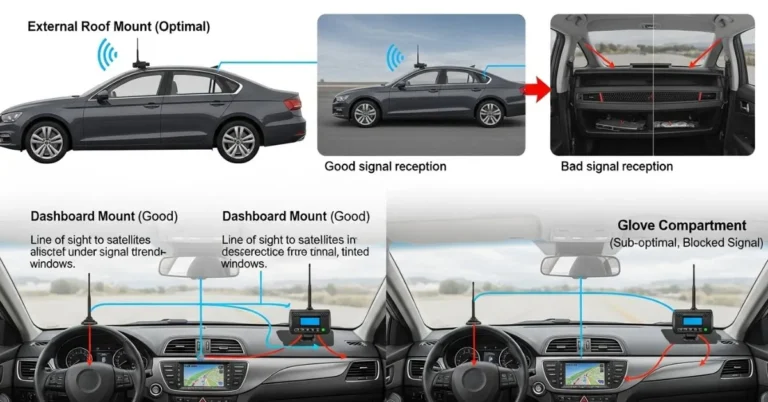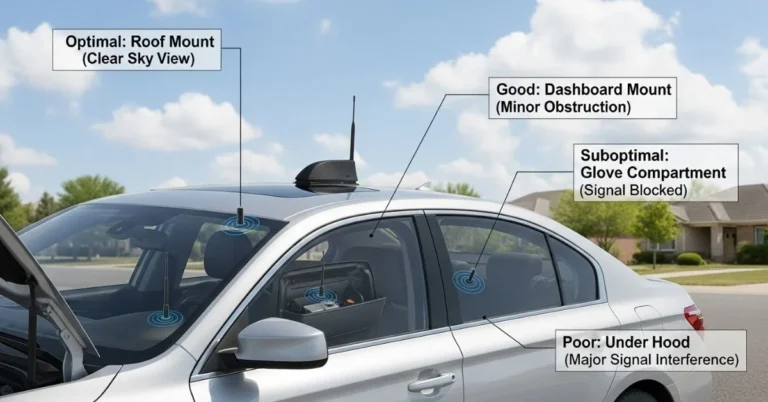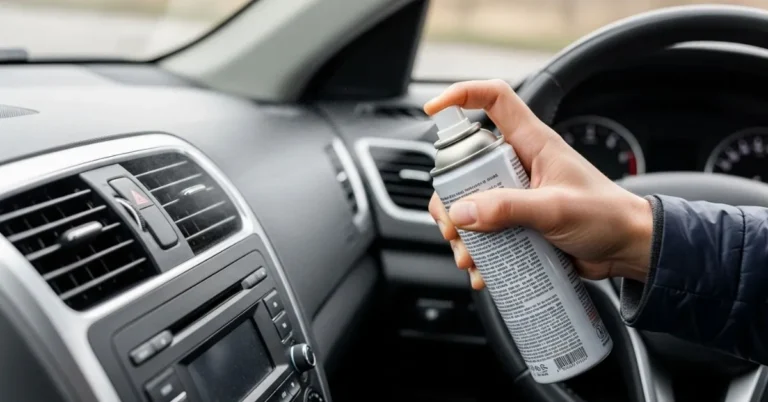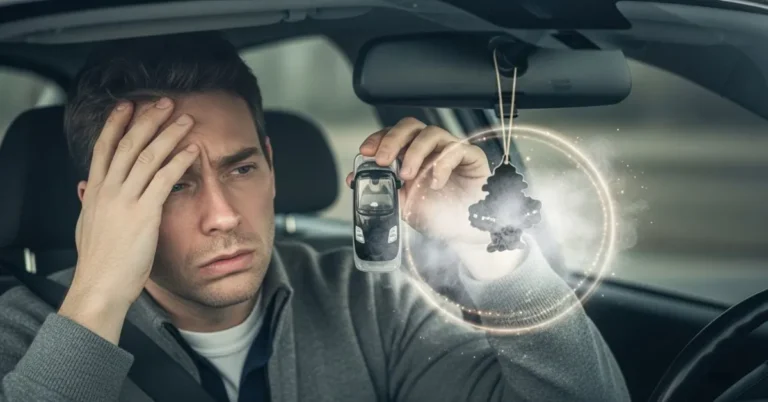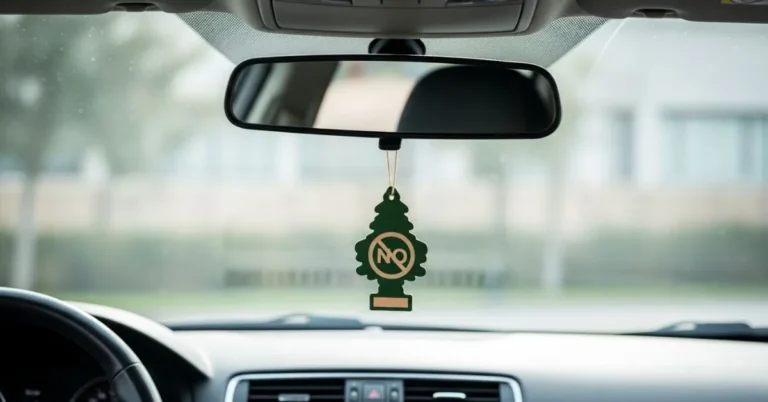There’s nothing quite like that moment when you ask, “Wait… why is my car being tracked?” Whether you’re privacy-conscious, bought a used vehicle with a suspicious past, or want complete control over your ride, understanding how to disconnect GPS tracker is more relevant today than ever.
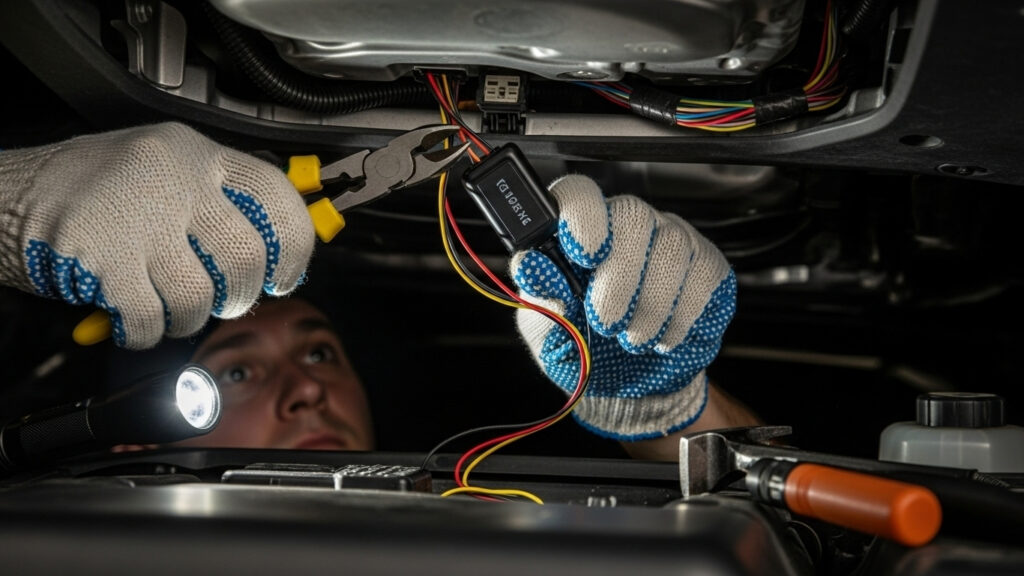
Let’s be real vehicles are more intelligent than ever, but with great tech comes tracking. While GPS tracking devices serve legitimate purposes like fleet management, theft prevention, and parental supervision they also spark major concerns around privacy, consent, and who truly controls the data. In this guide, we’ll walk you through the entire process of spotting, removing, and securing your car from unwanted tracking devices without the tech jargon or the panic.
Contents
- 1 Why Disconnect a GPS Tracker? The Real-World Scenarios
- 2 First Things First: Is It Legal to Remove a GPS Tracker?
- 3 Where Are GPS Trackers Typically Hidden?
- 4 Tools You’ll Need to Disconnect a GPS Tracker Safely
- 5 How to Disconnect GPS Tracker: Step-by-Step Guide
- 6 Still Suspicious? Advanced Detection Tips
- 7 What to Do with the Removed GPS Tracker?
- 8 Trends: The Rise of DIY GPS Tracker Removal
- 9 FAQs: Your GPS Questions, Answered
- 10 Expert Thoughts: Know Your Ride, Guard Your Privacy
- 11 About the Author
Why Disconnect a GPS Tracker? The Real-World Scenarios
Before we start tugging at wires, let’s answer a key question: Why remove a GPS tracker in the first place?
Common (and Legit) Reasons Include:
- You recently bought a used car and want to ensure no one else has digital eyes on it.
- Your battery keeps draining, and you’re suspicious of hidden electronics.
- You’re transitioning from one GPS provider to another.
- You’re upgrading your fleet tracking system.
- You want complete control over your vehicle and data.
No conspiracy theories here just real-life scenarios where people are reclaiming their digital privacy.
First Things First: Is It Legal to Remove a GPS Tracker?
Great question and a necessary one. Here’s the breakdown:
YES – Removing a tracker is legal if you own the car outright.
NO – Removing the GPS could violate contracts or laws if your vehicle is leased, company-owned, or rented.
Pro Tip: If you’re unsure, it’s best to contact your vehicle manufacturer or seek legal advice. It’s better to ask than to explain yourself later.
Where Are GPS Trackers Typically Hidden?
To disconnect a GPS tracker, you first need to play detective. GPS units come in all shapes and stealth levels. Here’s where to check:
1. OBD-II Port (Under Dashboard)
This is one of the most common plug-and-play locations. Look beneath the steering column for any unfamiliar device connected to the port.
2. Under the Vehicle
Magnetic trackers are often stuck to the metal frame or bumper. For underbody sweeps, use a flashlight, mechanic’s mirror, or even a bug detector.
3. Inside the Dashboard or Glove Box
Hardwired trackers are sometimes installed behind the radio or inside the glove compartment, often tucked into the electrical harness.
4. Trunk, Wheel Wells, or Bumper Areas
More creative installations may hide the tracker behind the rear lights or deep within the trunk lining.
5. Behind Headlights or Under the Hood
Some devices are directly wired to the engine’s power supply or ignition system for continuous energy.
Read More: How to Find a GPS Tracking Device on Your Car: Expert Tips
Tools You’ll Need to Disconnect a GPS Tracker Safely
You don’t need a NASA budget to remove a GPS tracker. These tools are generally budget-friendly, easy for beginners, and widely available online or at local hardware stores.
| Tool | Purpose |
| Multimeter | To test electrical circuits safely |
| Plastic pry tools | To open panels without damaging your interior |
| Screwdriver set | To access tight or screwed-in areas |
| Flashlight or headlamp | To search in dark spots like under the car |
| OBD-II scanner | To ensure everything’s running post-removal |
| RF signal detector | To locate active trackers emitting signals |
Bonus Tip: A car jack and safety stands help to access the undercarriage.
How to Disconnect GPS Tracker: Step-by-Step Guide
Step 1: Locate the Tracker
Using the tips above, do a full scan of your vehicle. Look underneath, around the dash, and in all storage compartments.
If the tracker is magnetic, it will be easy to detach by hand.
If it’s hardwired, identify the wiring before touching anything.
Step 2: Disconnect the Car Battery
Before you touch any wires, safety first.
- Turn off the car.
- Remove the key from the ignition.
- Unhook the negative battery terminal to safely cut power and avoid unexpected electrical mishaps.
Step 3: Remove the Tracker
For Plug-in GPS Trackers (e.g., OBD-II units):
- Unplug it from the port.
- Store it in case it’s needed for reference, resale, or replacement.
For Hardwired GPS Trackers:
- Use the multimeter to confirm which wires are live.
- Track the power and ground wires from the device to your vehicle’s system.
- Gently clip or unplug the cables, avoiding damage to nearby connections.
- Cap or insulate any exposed wire ends using electrical tape or terminal connectors.
Important: Do not rip or force anything slow and careful wins the race (and saves your car’s electrical system).
Step 4: Remove Any Antennas
Some GPS trackers have attached antennas or even SIM cards. If you see small plastic antennas or wires leading to windows or panels:
- Trace them back to the primary device.
- Remove gently using pry tools if mounted with adhesive.
Step 5: Reconnect Battery & Test Vehicle Systems
Once the tracker is removed:
- Reconnect the battery.
- Start the vehicle and test all systems: lights, radio, AC, ignition.
- Plug in your OBD-II scanner to make sure there are no fault codes.
Congrats! you’ve successfully disconnected a GPS tracker!
Still Suspicious? Advanced Detection Tips
If you’ve removed what you think is the only tracker but still notice odd behavior, try this:
- Use an RF signal detector to scan for ongoing signals.
- Drive through a remote area and monitor for strange pings or network activity.
- Check for unexplained data usage or battery drain on car electronics.
What to Do with the Removed GPS Tracker?
Don’t toss it in the trash these devices can be reused or recycled responsibly.
You can:
- Donate it to a nonprofit needing vehicle tracking.
- Reset and repurpose it for your vehicle or trailer.
- Recycle it through an electronics recycling center in your area.
Sustainable and smart.
Trends: The Rise of DIY GPS Tracker Removal
With growing concerns about data privacy, many consumers are learning how to disconnect GPS trackers themselves. Even casual drivers are becoming their tech troubleshooters thanks to affordable tools and clear online tutorials.
From parents to delivery drivers to off-grid adventurers, DIY disconnection is rising.
Read More: How to Read GPS Numbers: A Beginner’s Easy Guide
FAQs: Your GPS Questions, Answered
1. Can I legally disconnect a GPS tracker from my car?
Yes, if the car is yours. If leased or company-owned, seek permission first to avoid violating terms.
2. What happens to the GPS tracker after disconnection?
It loses power and can no longer transmit location data. Some may store limited offline data, but can’t “follow” you anymore.
3. Will disconnecting the GPS affect my car’s operation?
Not typically, especially with plug-and-play units. Ensure you don’t interfere with ignition or battery circuits for hardwired trackers.
Not reliably. While some RF detector apps exist, they lack the precision of a dedicated RF signal detector.
5. How do I know if someone secretly installed a tracker?
Look for signs like unfamiliar wiring, devices plugged into your OBD-II port, or consistent signal activity picked up by a detector.
Expert Thoughts: Know Your Ride, Guard Your Privacy
In today’s connected world, learning to disconnect a GPS tracker quickly is more than just a tech trick—it’s a way to reclaim your autonomy.
Whether you want to protect your privacy, get rid of old trackers, or simply sleep better at night, this guide equips you with the tools and confidence to make it happen.
Remember:
- Stay legal.
- Stay curious.
- And always unplug responsibly.

